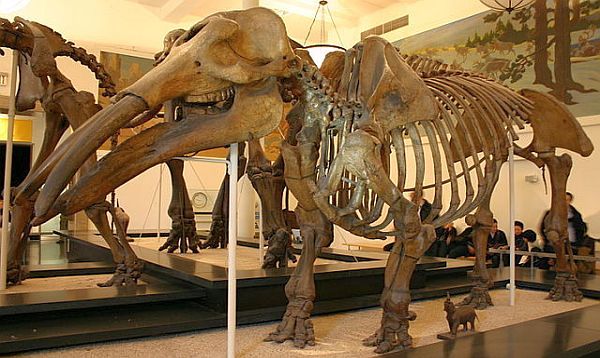At a site widely known as the "El Fin del Mundo" (End of the World) situated in the northwestern Sonora region of Mexico, archaeologists have discovered 13,400 year-old spear points stuck in the bones of an extinct elephant relative called the gomphothere.
This discovery of the spears and animal bone has given new insight of the existence of gomphothere in North America and at the same time, of a prehistoric group of paleo-Indians known as the Clovis culture. These unearthed fossils are the oldest Clovis sites ever found, and the bones are of the youngest gomphotheres ever discovered in North America.
Gomphothere had four sharp tusks for defense and were smaller than mastodons and mammoths. They were more common in Central and South America during the last ice age.
On the other hand, the 13,400-year-old spear was of the paleo-Indians. The first of these Native Americans are thought to have crossed to the American continent from prehistoric Siberia to Alaska in that era - thereby finally reaching Mexico.
Historians until now had largely believed that gomphotheres had vanished from the face of earth before humans reached North America. All the research and findings that followed up have been brought together in a new study that has been published in the "Proceedings of the National Academy of Sciences."
Vance Holliday, a co-author of the study, said, "The Clovis stereotypically went out and hunted mammoth, and now there's another elephant on the menu."
The implication of such a discovery is that early human explorers of interior North America opportunistically targeted the largest Pleistocene animals as part of their cultural pattern.
Original Story


